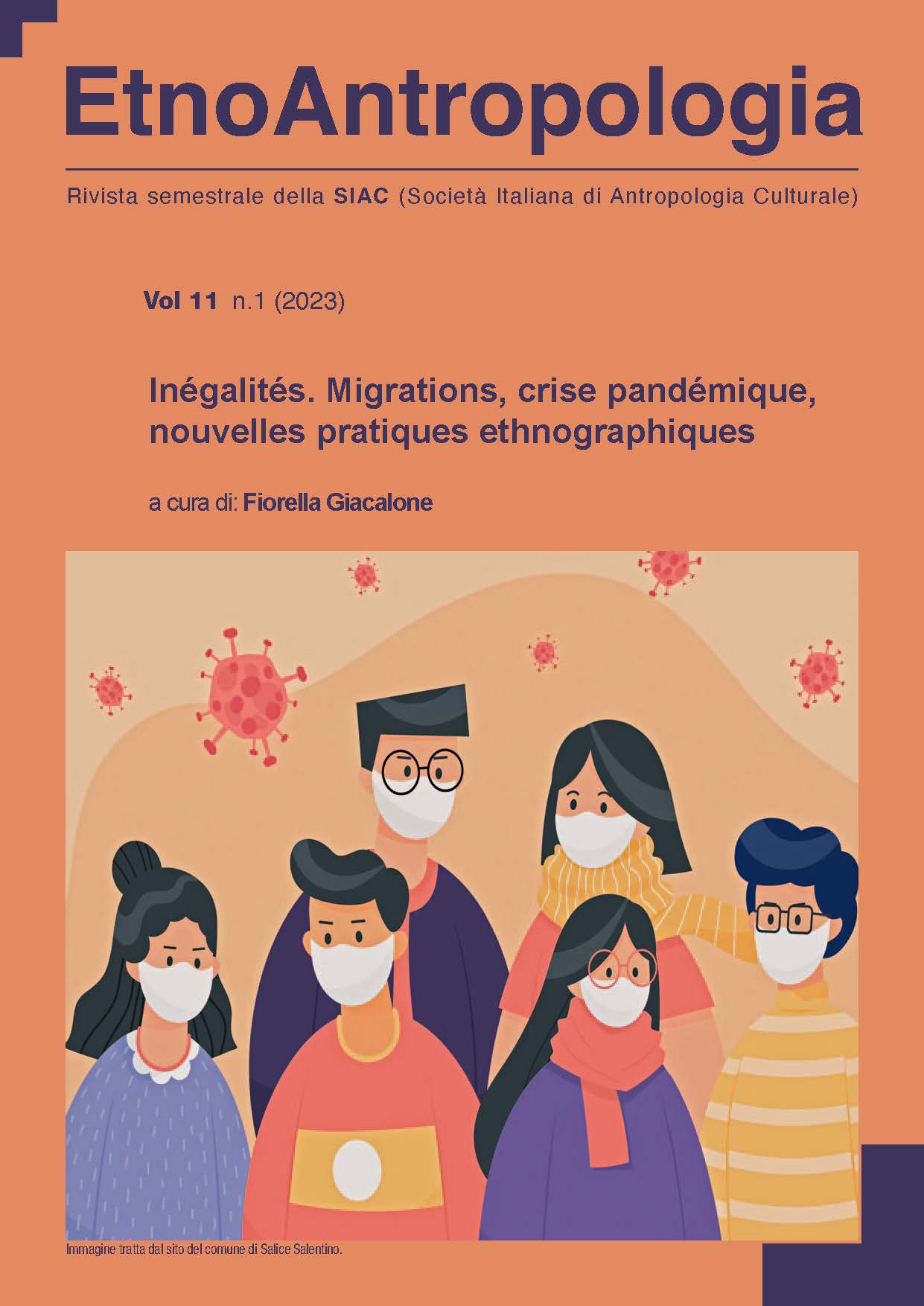La représentation de la pandémie dans les narrations Representing the Pandemic in Narratives
Parole chiave:
pandemic, narrative representation, biographical stories, perspectives, attitudesAbstract
The idea that there are not diseases but rather sick people goes back more than a hundred years. The nature of each disease is expressed in biographical narratives based on individual experiences in each community. The disease, depicted in a personal, epic, and narrative schemes, is no longer terrifying. Two years ago, COVID was scary because humanity had no experience with it. Over the years, the media has covered new and varied stories about the pandemic from all over the world and from all parts of the country. These stories represented the pandemic, its spread, progression, and outcome. By analysing the stories from different sources, the lecture traces the narrative representations of the pandemic in Romania.
Riferimenti bibliografici
Balázs L. 1995, Menj ki én lelkem a testből… Elmúlás és temetkezés Csíkszentdomokoson. Monográfia, Csíkszereda: Pallas-Akadémia Könyvkiadó.
Carbonell C.O. 2005, Les malmorts, une histoire. Malmorts, deuil et revenants en Russie, tra¬ditions et actualités, in Bonnet–Carbonell J. (ed.) 2005, Malmorts, revenants et vampires en Europe, Paris: L’Harmattan, 19–28.
Császi L. 2002, A média rítusai. A kommunikáció neodurkheimi elmélete, Budapest: Osiris – MTA-ELTE Kommunikációelméleti Kutatócsoport.
Eliade M. 1991, Note despre bolnavi, in Eliade M. 1991, Drumul spre centru. Antologie. Bucu¬rești: Editura Univers, 90–93 (I. ed. 1939).
Foucault M. 1973, Moi, Pierre Rivière, ayant égorgé ma mère, ma sour et mon frère: un cas de parricide au XIXe siècle, Paris: Éditions Gallimard.
Van Gennep A. 1909, Les rites de passage: étude systématique des rites, Paris: Nourry.
Habermas, J. 1962, Strukturwandel der Öffentlichkeit. Untersuchungen zu einer Kategorie der bürgerlichen Gesellschaft, Berlin: Luchterhand Verlag.
Jakab A.Zs., Vajda A. (eds.) 2022, Járvány-lét-helyzetek. A Covid-19 világjárvány hatása a min¬dennapokra és a társadalomkutatásra. Kolozsvár: Kriza János Néprajzi Társaság.
Keszeg V. 2011, A történetmondás antropológiája. Egyetemi jegyzet. Kolozsvár: KJNT–BBTE, Magyar Néprajz és Antropológia Tanszék.
Oláh A. 1986, Új hold, új király. A magyar népi orvoslás életrajza. Budapest: Gondolat Kiadó.
Pubblicato
Come citare
Fascicolo
Sezione
Licenza
Copyright (c) 2023 Vilmos Keszeg

TQuesto lavoro è fornito con la licenza Creative Commons Attribuzione 4.0 Internazionale.
Gli autori mantengono i diritti sulla loro opera e cedono alla rivista il diritto di prima pubblicazione dell'opera, contemporaneamente licenziata sotto una Licenza Creative Commons - Attribuzione che permette ad altri di condividere l'opera indicando la paternità intellettuale e la prima pubblicazione su questa rivista.
Gli autori possono diffondere la loro opera online (es. in repository istituzionali o nel loro sito web) prima e durante il processo di submission, poiché può portare a scambi produttivi e aumentare le citazioni dell'opera pubblicata (Vedi The Effect of Open Access).





